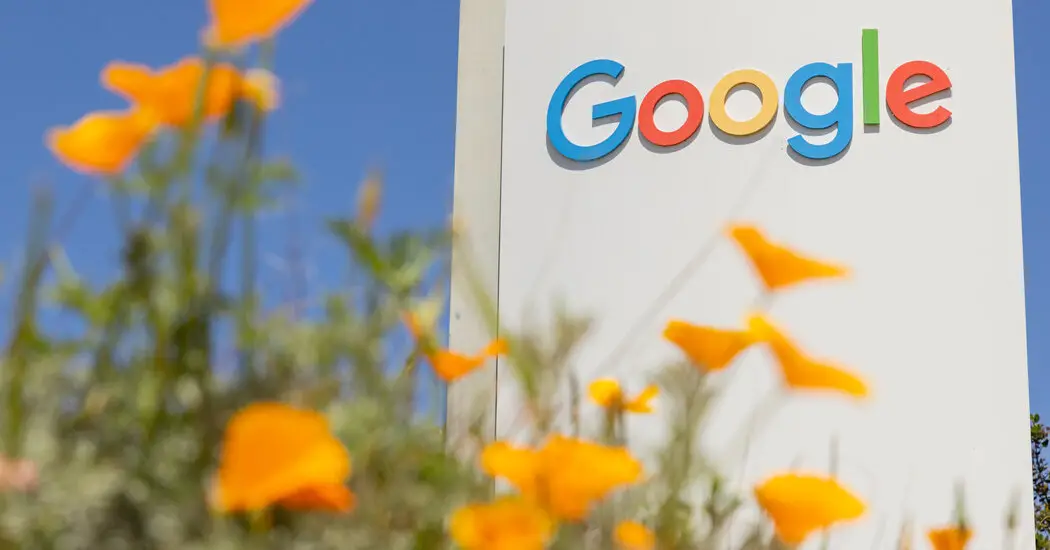
For the past year and a half since ChatGPT was released, a scary question has hovered over the heads of major online publishers: What if Google decides to overhaul its core search engine to feature generative artificial intelligence more prominently — and breaks our business in the process?
The question speaks to one of the most fragile dependencies in today’s online media ecosystem.
Most big publishers, including The New York Times, receive a significant chunk of traffic from people going to Google, searching for something and clicking on articles about it. That traffic, in turn, allows publishers to sell ads and subscriptions, which pay for the next wave of articles, which Google can then show to people who go searching for the next thing.
The whole symbiotic cycle has worked out fine, more or less, for a decade or two. And even when Google announced its first generative A.I. chatbot, Bard, last year, some online media executives consoled themselves with the thought that Google wouldn’t possibly put such an erratic and unproven technology into its search engine, or risk mucking up its lucrative search ads business, which generated $175 billion in revenue last year.
But change is coming.
At its annual developer conference on Tuesday, Google announced that it would start showing A.I.-generated answers — which it calls “A.I. overviews” — to hundreds of millions of users in the United States this week. More than a billion users will get them by the end of the year, the company said.
The answers, which are powered by Google’s Gemini A.I. technology, will appear at the top of the search results page when users search for things like “vegetarian meal prep options” or “day trips in Miami.” They’ll give users concise summaries of whatever they’re looking for, along with suggested follow-up questions and a list of links they can click on to learn more. (Users will still get traditional search results, too, but they’ll have to scroll farther down the page to see them.)
The addition of these answers is the biggest change that Google has made to its core search results page in years, and one that stems from the company’s fixation on shoving generative A.I. into as many of its products as possible. It may also be a popular feature with users — I’ve been testing A.I. overviews for months through Google’s Search Labs program, and have generally found it to be useful and accurate.
But publishers are right to be spooked. If the A.I. answer engine does its job well enough, users won’t need to click on any links at all. Whatever they’re looking for will be sitting right there, on top of their search results. And the grand bargain on which Google’s relationship with the open web rests — you give us articles, we give you traffic — could fall apart.
Google executives put a positive spin on the announcement on Tuesday, saying that the new A.I. overviews would improve the user experience by “taking the legwork out of searching.”
But that legwork pays for a lot of journalism, and a lot of other types of online media (fashion blogs, laptop reviews, restaurant listings) without which the internet would be far less useful. If Google’s A.I. overviews starve these websites of traffic, what will happen to them? And if big chunks of the web were to vanish altogether, what would be left for the A.I. to summarize?
Google clearly anticipated these fears, and its executives had responses prepared.
In a briefing this week ahead of Google’s developer conference, they said that the company’s tests had found that users who were shown A.I. overviews tended to conduct more searches, and visited a more diverse set of websites. They also said that the links that appeared in A.I. overviews got more clicks than the links that were displayed on traditional search results pages.
Liz Reid, the vice president of search at Google, said in a blog post on Tuesday that the company would “continue to focus on sending valuable traffic to publishers and creators.”
But parse these responses carefully and you’ll see that Google is not saying that publishers’ overall search traffic won’t decline. That’s because Google can’t really predict what will happen once it starts showing A.I.-generated overviews in billions of search results a day, and how users’ behavior may change as a result.
Earlier this year, I wrote about Perplexity, an A.I.-powered “answer engine” that shows users a concise summary of a topic they’re researching rather than handing them a list of websites to visit. The experience, I believed, was clearly better than a traditional search engine for some types of searches, and usually gave me more useful information faster.
But I was also nervous, because during my own testing of Perplexity, I basically stopped clicking any links at all. In a world where A.I. can browse the internet for me and paraphrase what it sees, I found that I just didn’t need them. And I worried about what would happen if Perplexity users were all like me and got in the habit of relying on A.I.-generated summaries rather than on original sources.
I have the same concerns about Google’s new A.I. overviews, but on a vastly different scale.
Perplexity is tiny — just 10 million monthly users, as of February. Google, by contrast, has billions of users and represents more than 90 percent of the global search market. If it makes a change to its search engine that reduces outgoing traffic by just a few percentage points, every publisher will feel it.
It’s unclear how big the effects of Google’s A.I. overviews will ultimately be. One analyst firm, Gartner, has predicted that traffic to the web from search engines could fall by 25 percent by 2026. And many publishers are bracing for double-digit declines in traffic this year.
Maybe these fears are overblown, and publishers have been worrying over nothing. But after Tuesday’s announcement, Google has made it clear that they’re about to find out either way.








